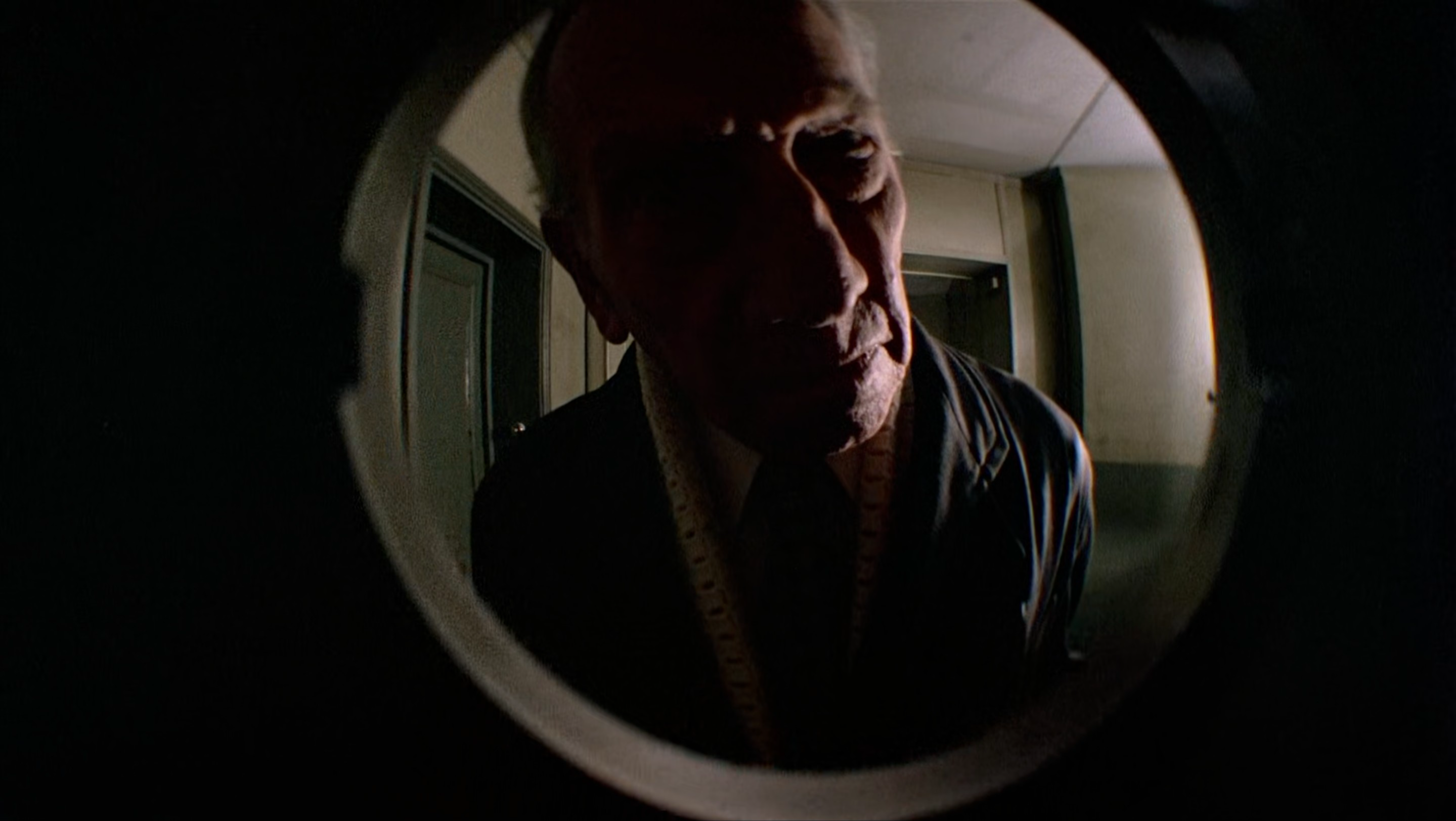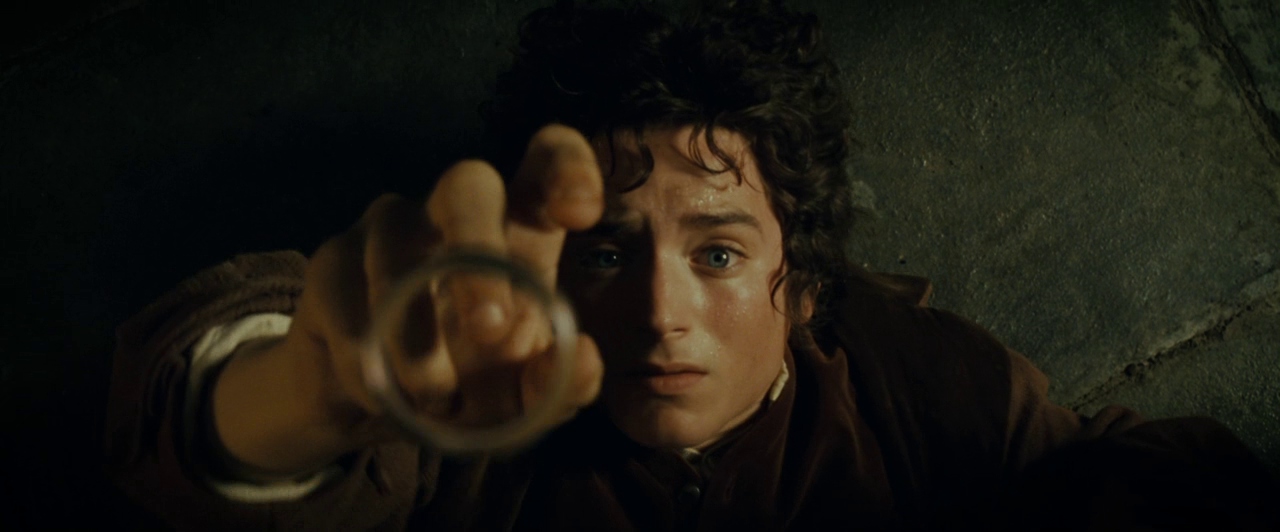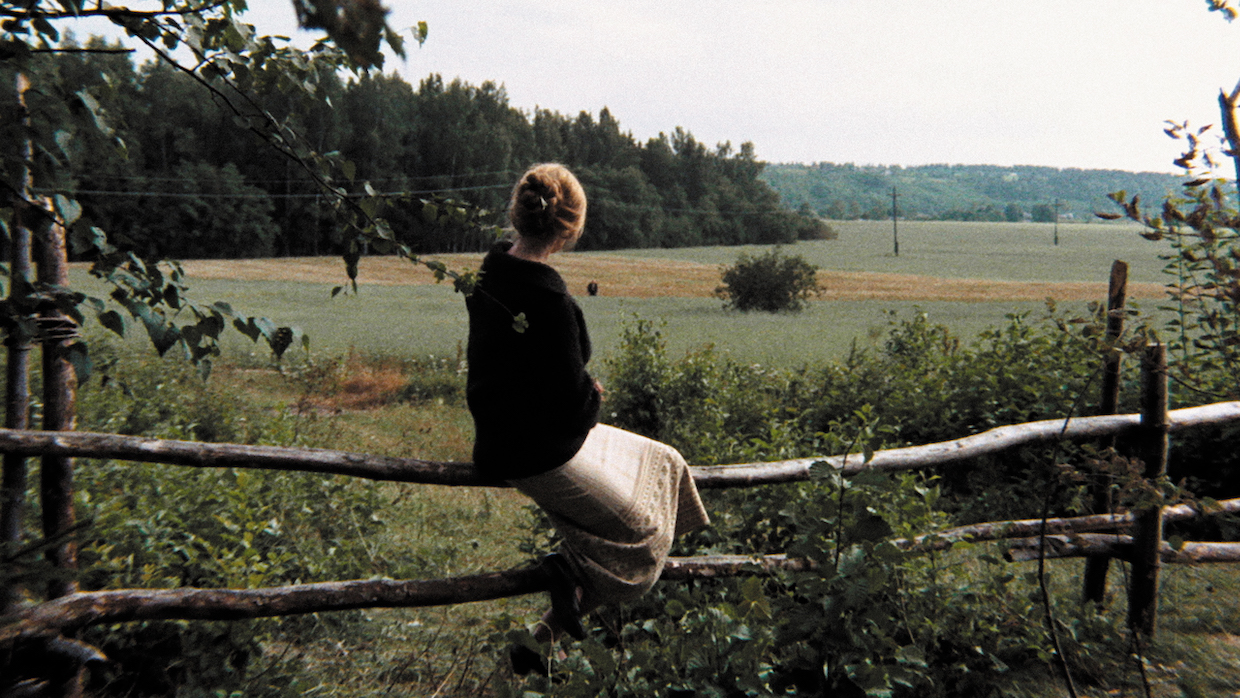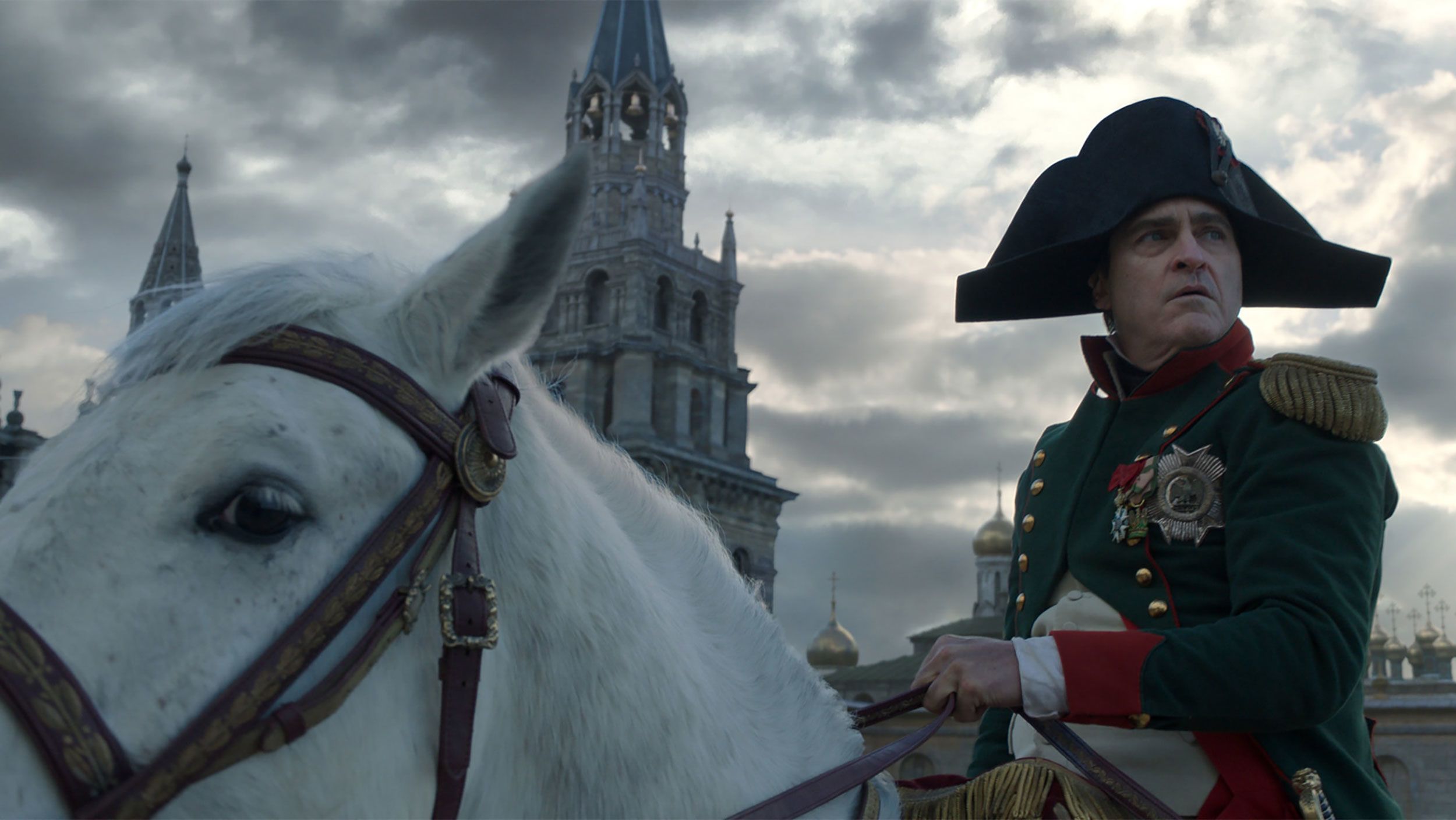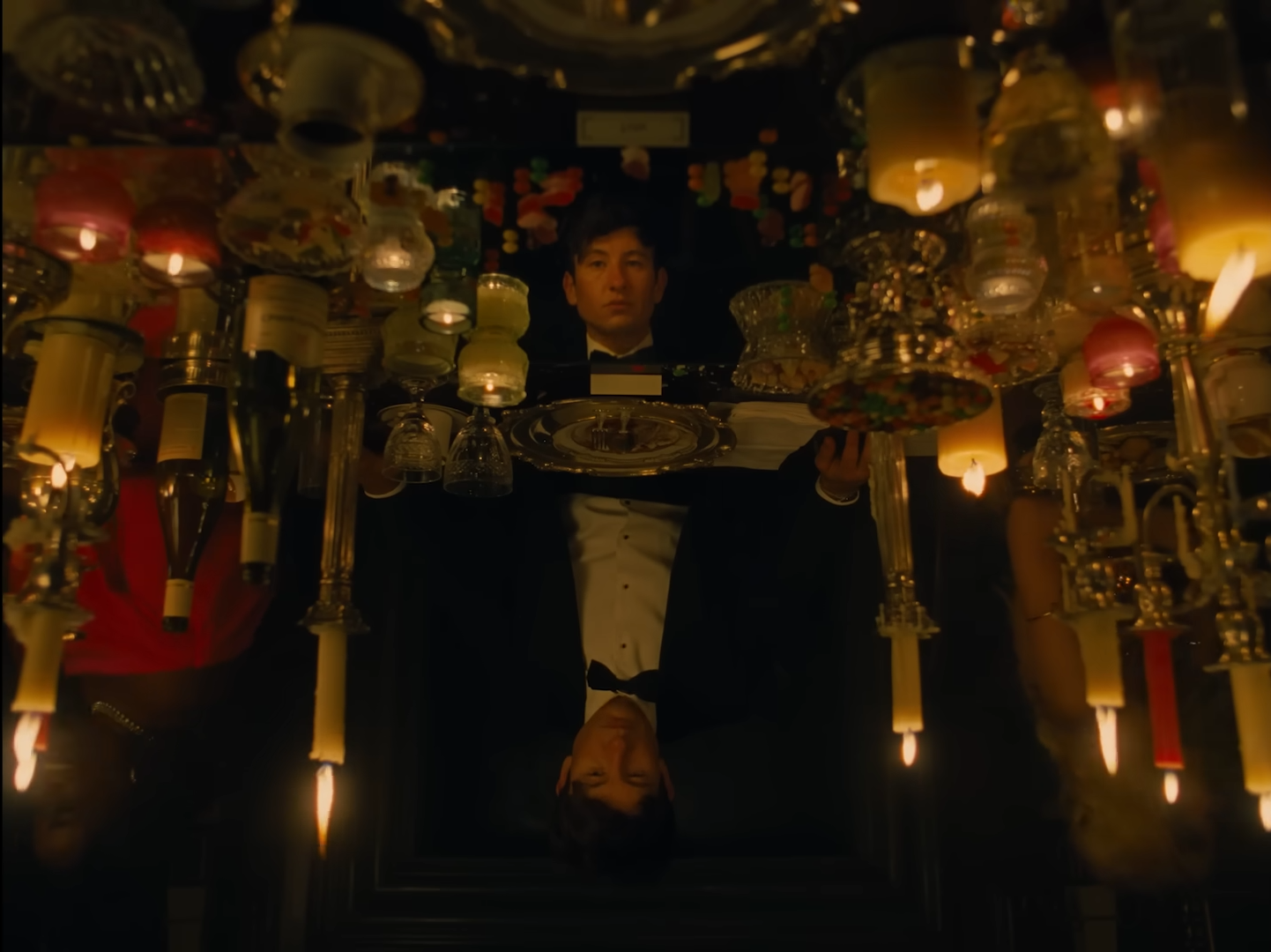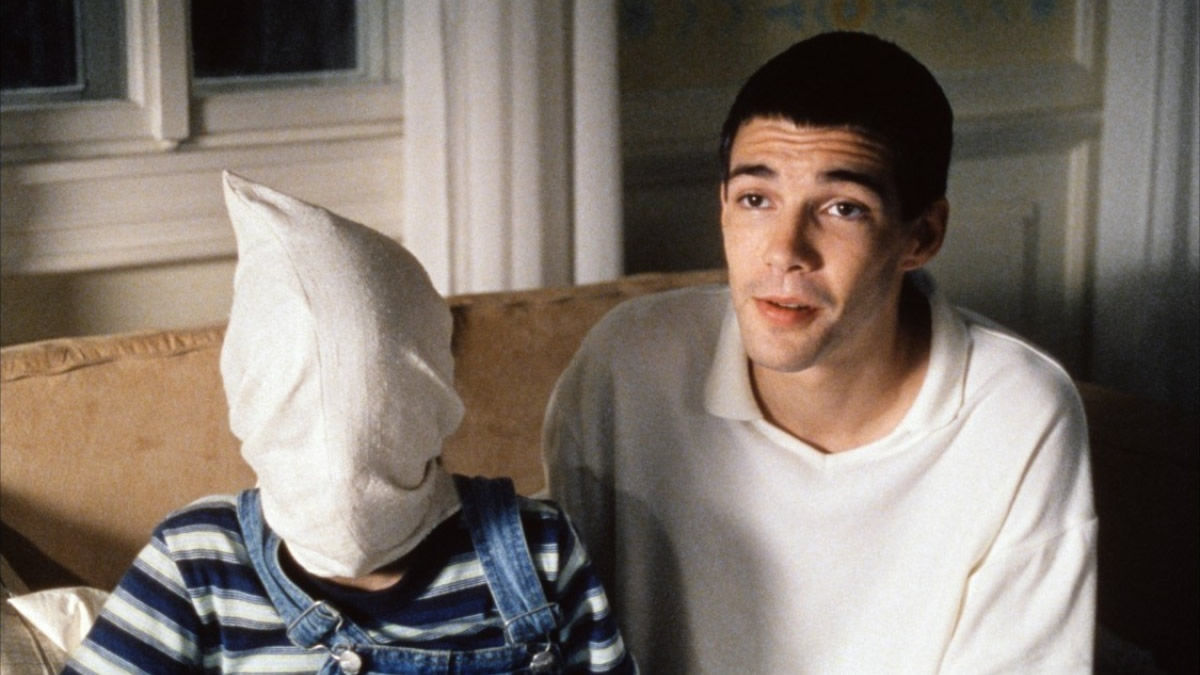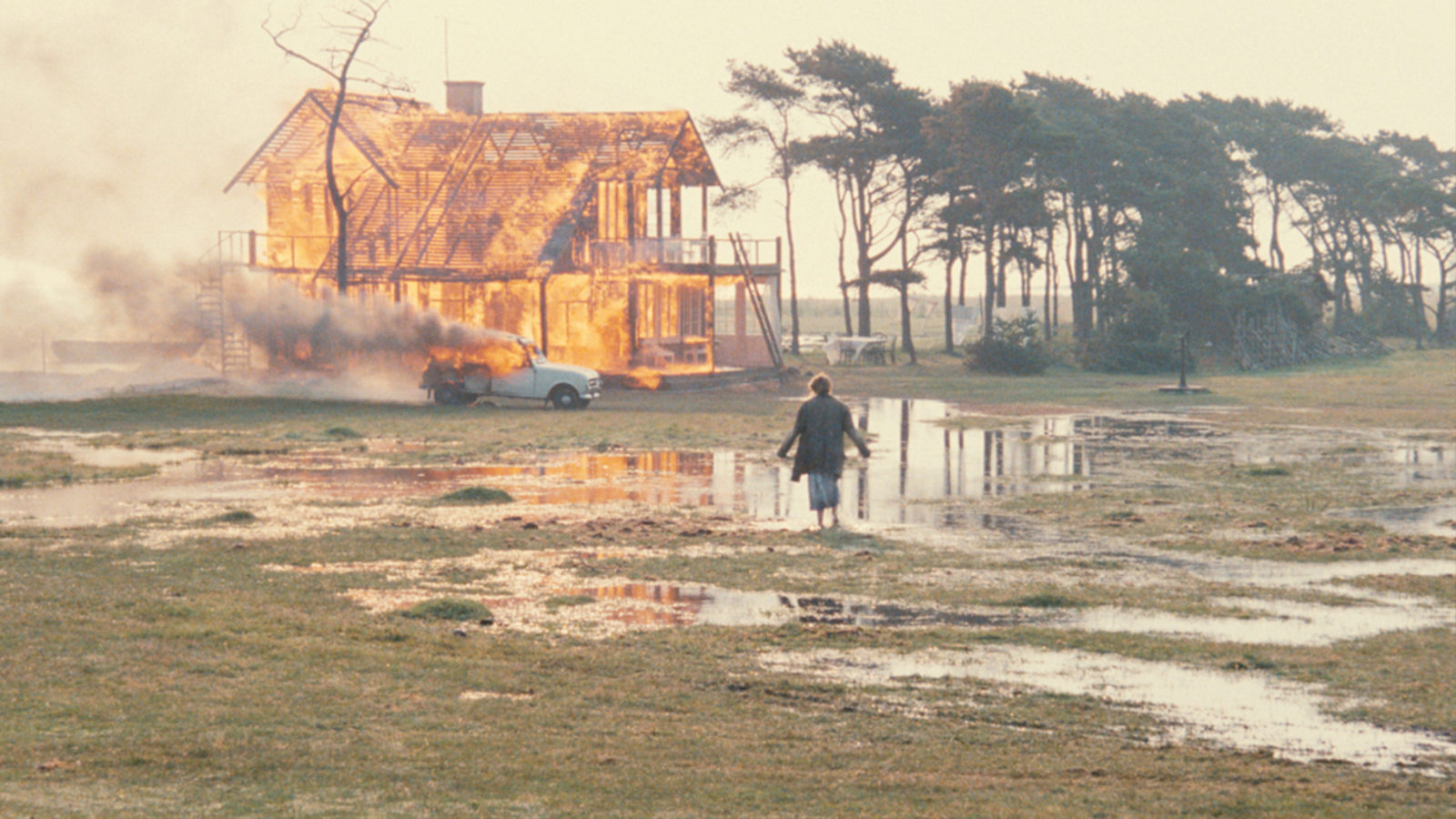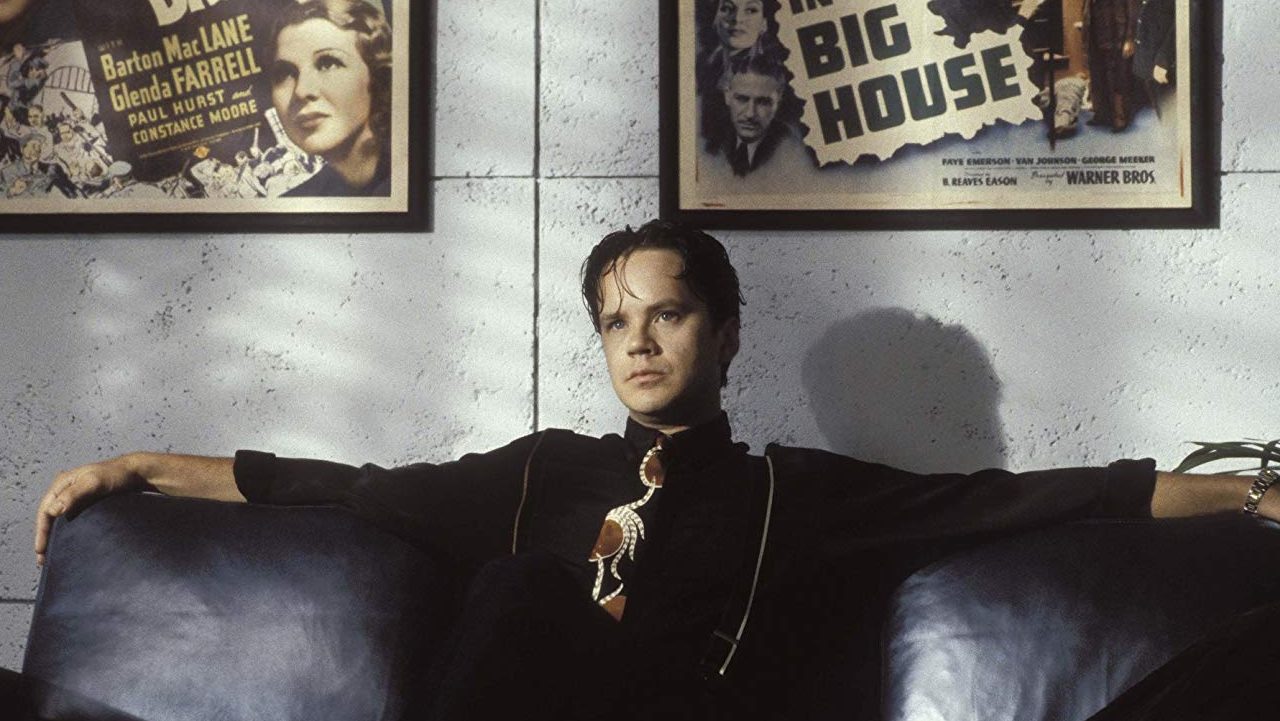Brief Encounter (1945)
Time is a precious resource at the train station where the secret lovers of Brief Encounter fall into a reverie, though David Lean exerts a fine control over its gentle flow in Laura’s nostalgic recollections, intertwining love and guilt within a complex affair that forces this heartbroken housewife into an even greater repression.


